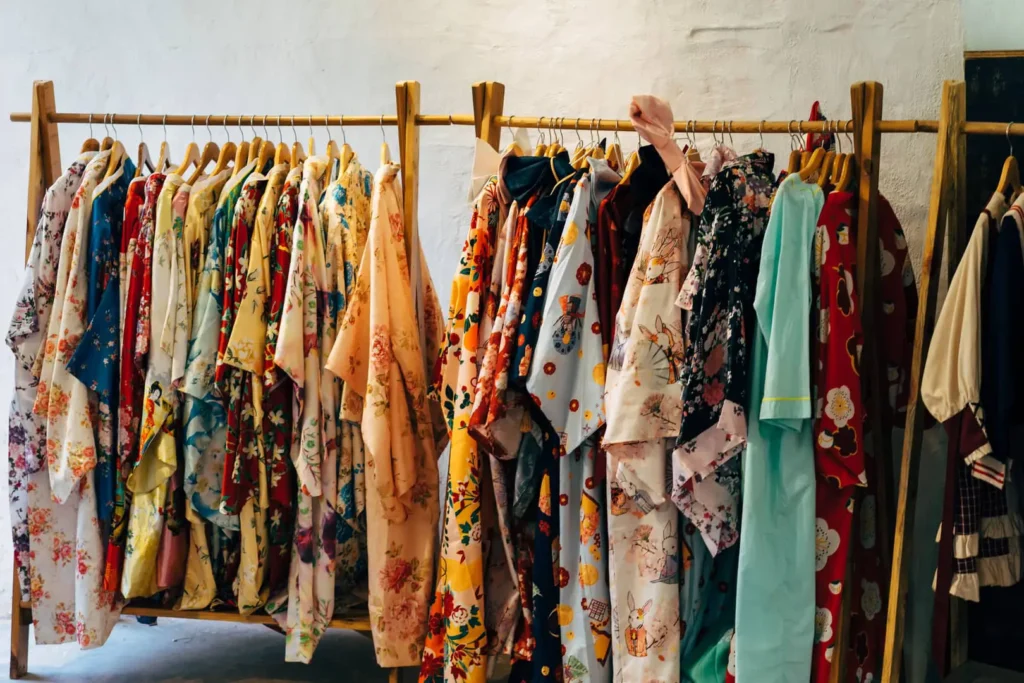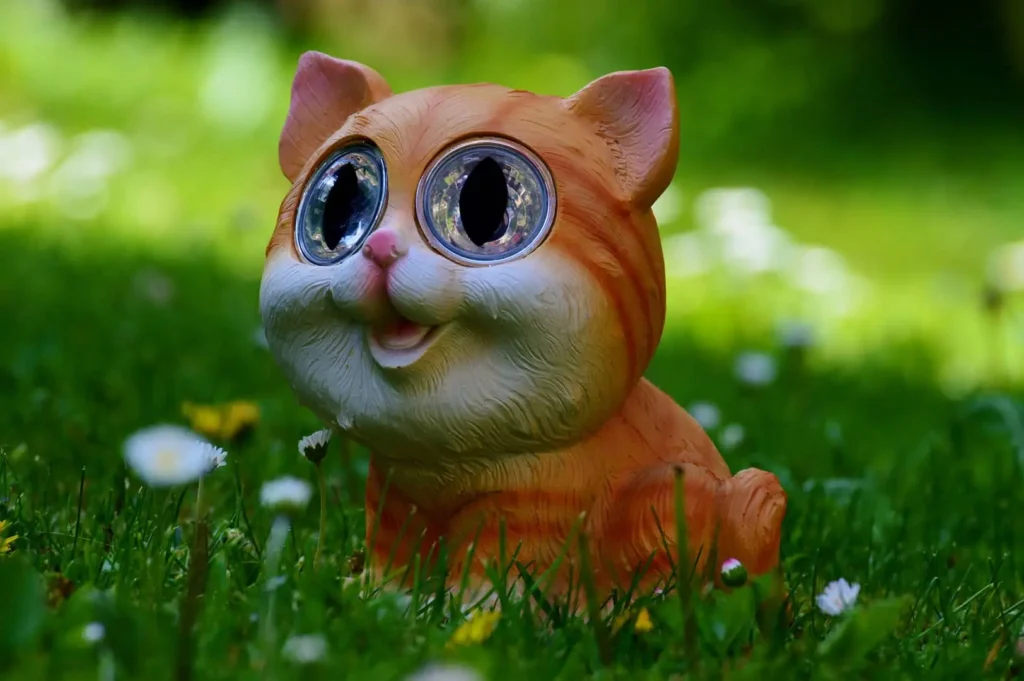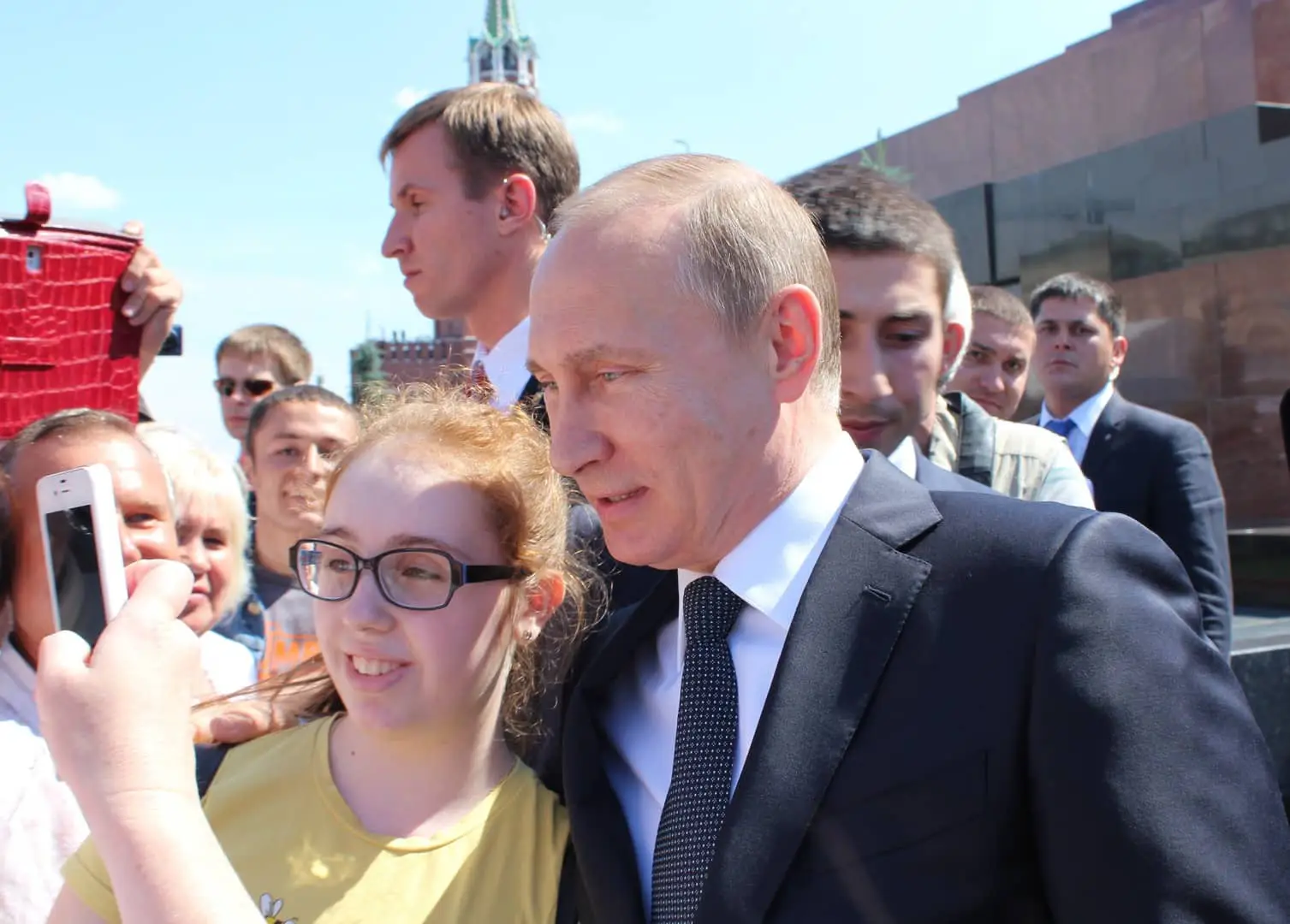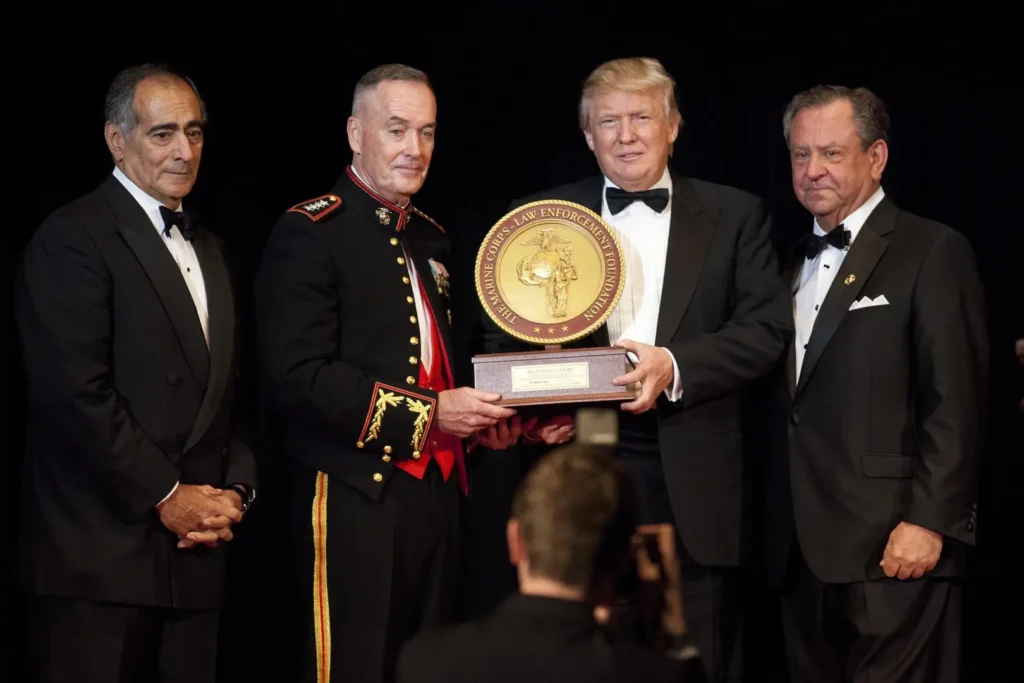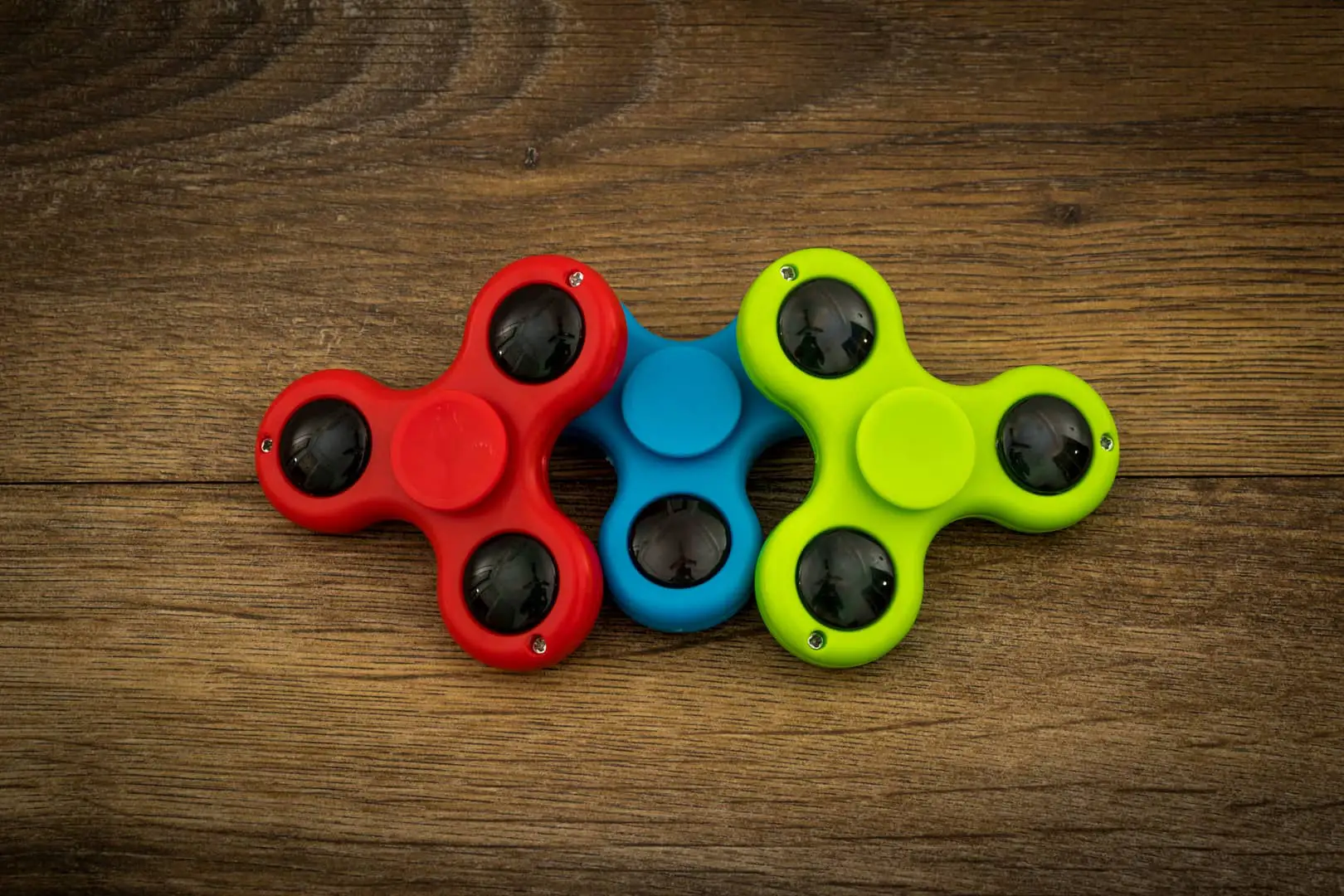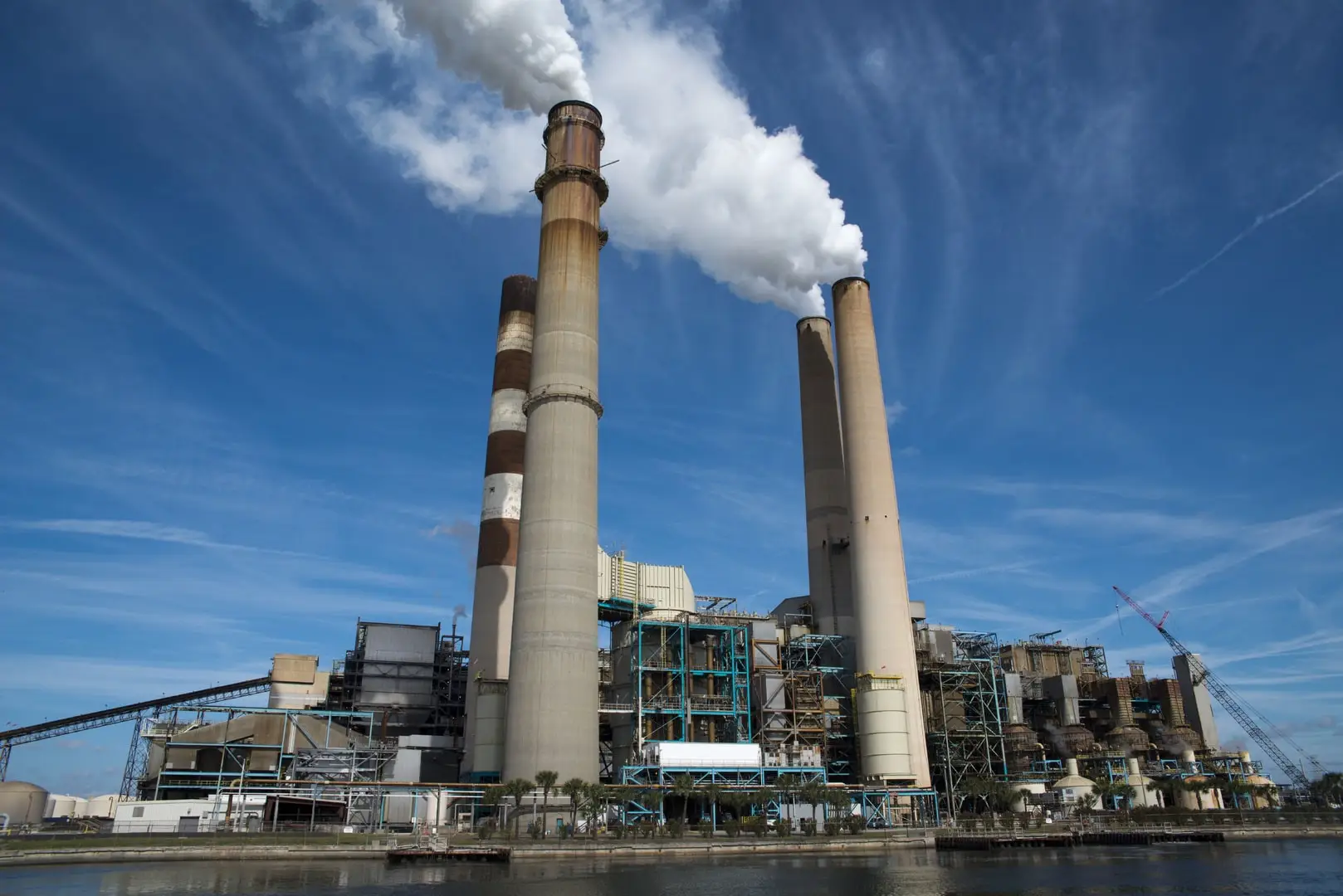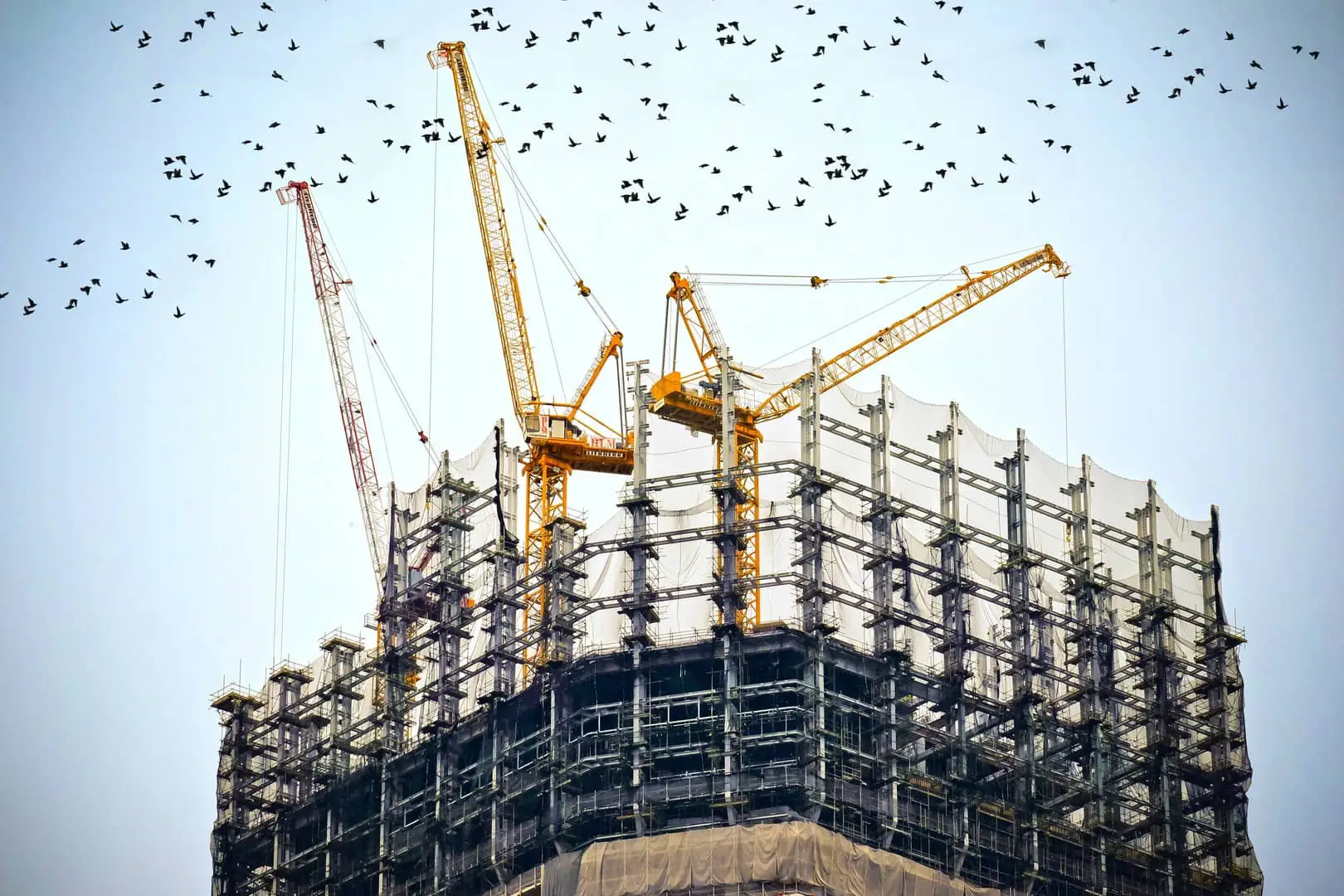After years of designing some of the most coveted shoes in fashion, the visionary designer behind a beloved cult footwear brand is striking out on her own. Known for her bold designs, innovative silhouettes, and a knack for creating shoes that balance art with wearability, this designer is ready to take her unique aesthetic into uncharted territory. Here’s a closer look at her journey, her impact on the fashion world, and what’s next for her solo venture.
A Journey Through Fashion’s Elite
The designer, who has remained a driving force behind a now-iconic shoe brand, has built a reputation for pushing the boundaries of traditional footwear design. Her creations, often seen on celebrities, influencers, and fashion enthusiasts alike, have become synonymous with a playful yet sophisticated style that stands out in the crowded luxury market.
Starting her career in some of the world’s most prestigious fashion houses, she honed her skills by blending classic craftsmanship with daring innovation. Her ability to transform everyday footwear into statement pieces quickly caught the attention of the industry, setting her apart as a designer to watch. Over time, her work has not only defined the aesthetic of a brand but has also influenced trends across the industry.
Creating Cult Status
The designer’s shoes are more than just accessories—they’re works of art. Known for incorporating unexpected materials, bold colors, and sculptural forms, her designs have often been described as wearable art. The shoes have graced the feet of countless celebrities on red carpets and in editorials, solidifying their status as must-have items for those in the know.



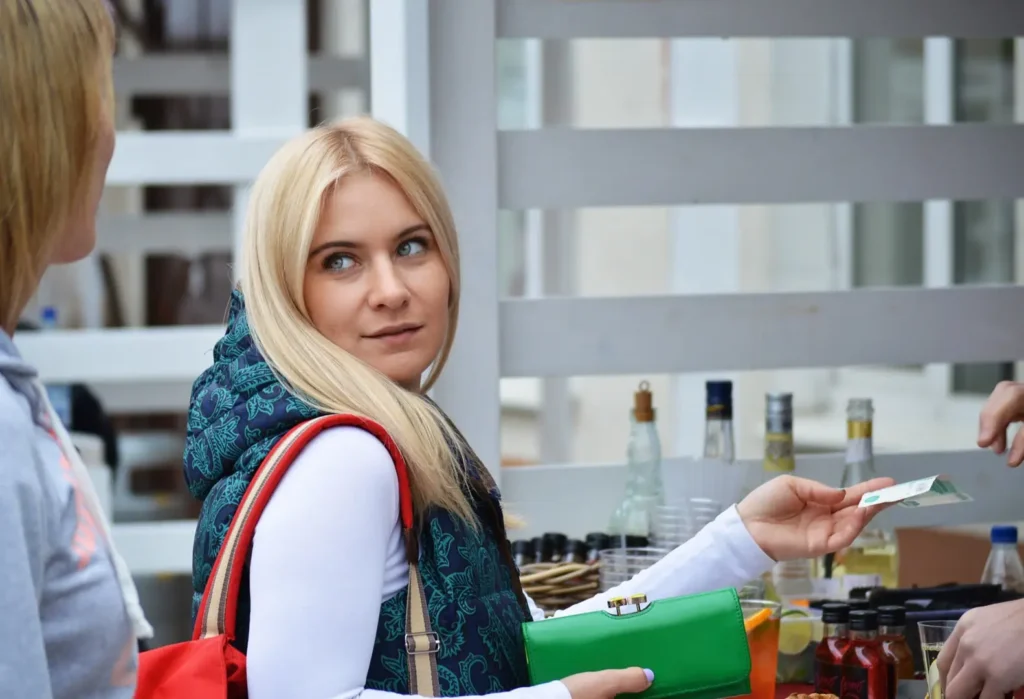


Key to the brand’s cult status has been the designer’s commitment to individuality and creativity. Unlike the mass-produced shoes of many luxury labels, her designs often feature unique elements that make each pair feel personal and distinctive. This approach has cultivated a dedicated following of fashion-forward individuals who appreciate the blend of avant-garde design and everyday functionality.
Striking Out on Her Own
Now, the designer is stepping out from the shadow of her former brand to launch her own line, where she will have complete creative freedom. This new venture represents an exciting chapter in her career, allowing her to explore new design concepts without the constraints of an established brand identity. Her upcoming collection is set to debut later this year and promises to showcase her signature boldness, but with fresh twists that reflect her evolving vision.
In interviews, the designer has expressed her excitement about this new independence, stating that she looks forward to creating pieces that resonate deeply with her personal style philosophy. The collection will focus on high-quality craftsmanship, sustainable materials, and innovative design—a combination that has always been at the core of her work.





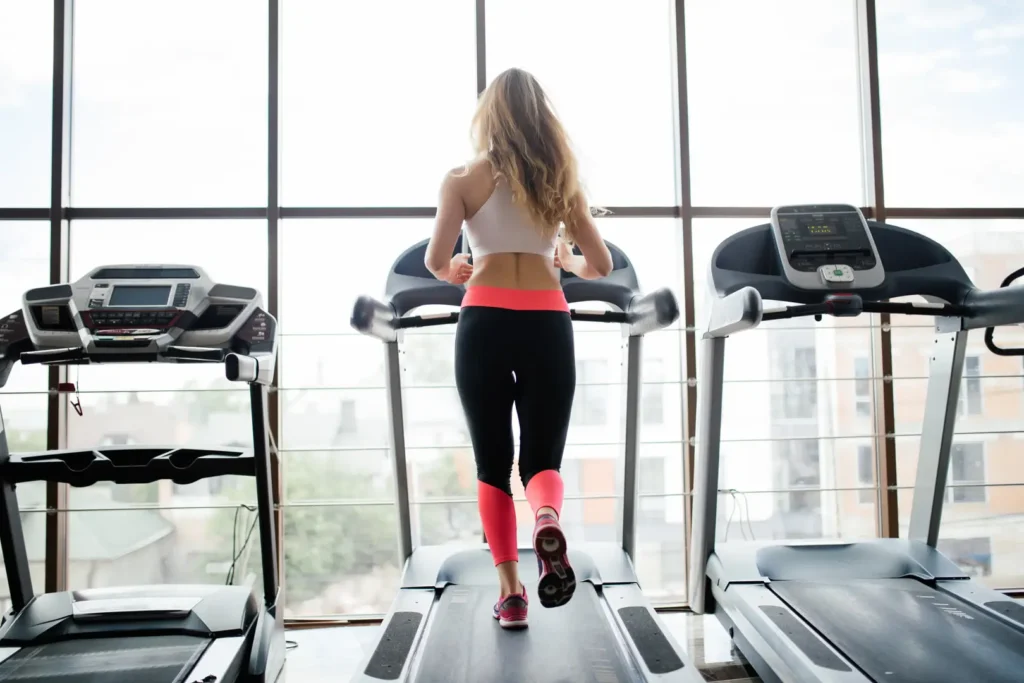
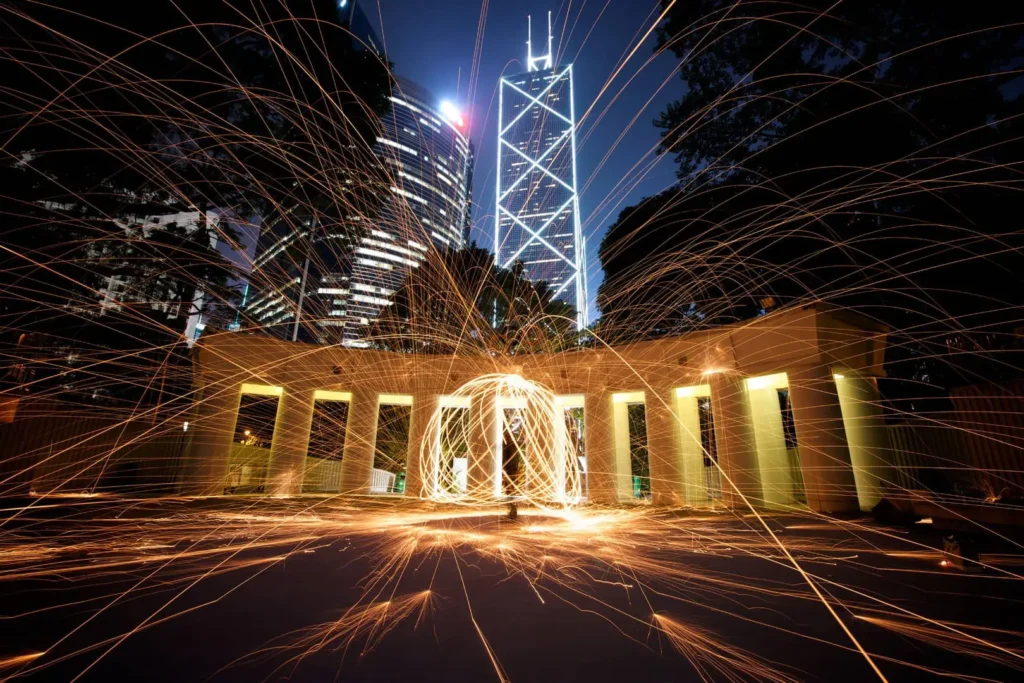



What to Expect from Her New Brand
- Innovative Designs: Expect shoes that continue to challenge the norms of traditional footwear design. The new line will likely feature the same daring silhouettes and unexpected details that have defined her previous work.
- Sustainability Focus: With a growing emphasis on eco-conscious fashion, the designer’s new line is expected to prioritize sustainable practices. From using ethically sourced materials to embracing eco-friendly production methods, the brand aims to set new standards in luxury footwear.
- Direct-to-Consumer Model: To connect more closely with her audience, the designer plans to adopt a direct-to-consumer approach, bypassing traditional retail channels. This will allow her to engage with customers more intimately and offer exclusive, limited-edition designs.
- Personal Touch: Unlike her previous role, where she was part of a larger team, this new venture will be deeply personal. The designs will reflect her own tastes and inspirations, offering fans a more intimate glimpse into her creative world.
Conclusion
The designer’s decision to strike out on her own marks an exciting new chapter in the world of fashion. With a proven track record of creating some of the most beloved shoes in recent years, her solo venture is poised to make a significant impact. As she continues to redefine luxury footwear with her unique vision, her new brand is set to become a favorite among fashion enthusiasts who crave innovation, individuality, and impeccable design.


